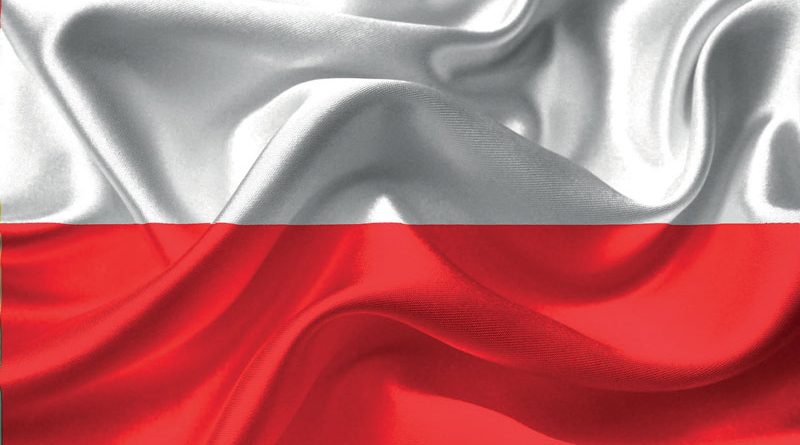Poland and Automotive: a Success Story
In view of an average growth of 1.3% in Europe, the GDP in Poland is expected to grow by 4.5% in 2019, also due to the investments in infrastructures and industrial development made in the latest years. Such a result shows quite a healthy nation having in the automotive sector a key industry. The future and the main trends of automotive will be discussed in November during IABM 2019, a primary networking event addressed to anyone may be interested in developing business in Poland.
by Stefano Scuratti, Galileo Business Consulting
In the current scenario, featured by rapidly evolving policies and markets, it is good for Italian companies interested in international opportunities to look at all those economies that historically have been able to perform with greater continuity despite international evolution, focusing on improving their economy, political management and creation of infrastructures and investments in the industrial field.
Poland can be defined indeed as a happy island, able to record a steady growth in its economy over the last 30 years, even during the recent economic crisis in the years 2008-2009, mainly due to the enrichment of domestic demand over the last twenty years and to a diversification policy in the export structure. From a strategic point of view, also the military history of Poland reminds us that this nation occupies a geopolitical position and therefore extremely important logistics, connecting Western and Eastern Europe.
Poland is also distinguished by a low risk of financial crisis linked to a capable management of growth over the years without relying on public debt that today stands at around 48.9% of GDP, quite virtuous compared to the European average of 80%.
Some data about the Polish economy
Despite a low level of indebtedness, Poland has made important investments in the public sector for the modernization of infrastructures and the use of technologies at the industrial level. Although it is diversified due to multiple factors as well as the level of public debt, the Polish economy is supported, as the Italian one, by several SMEs.
Poland might be compared indeed to a marathon runner that in the last 30 years has been able to grow at a rate of 3% which is exceeded in the forecasts of 4.5% for 2019; an interesting situation in the European context, expected to grow by 1.3%. The GDP is around 496 billion euro and as far as the per capita values are concerned, it remains around 71% of the average of the EU-28.
The unemployment rate in Poland is around 5.7% but, as it often happens, this should be parameterized by sectors and above all by industrial and agricultural areas. As for exports of around 221 billion euro, Poland records a very important figure of approximately 40% of its GDP, which in this case too should be analyzed in-depth. In fact, if on one hand it highlights the ability to export, on the other hand it could indicate a strong interdependence from some other nations, similarly to the Czech Republic towards Germany.
Moreover, between 2014 and 2020, Poland is receiving a budget of around €83 billion for cohesion policy and €32 billion for agricultural policies. Poland, which joined the EU in 2004, stands out indeed as the first beneficiary among the 28 countries to obtain development funds. As often suggested by Galileo Business Consulting, capitalization, foreign markets and European funds seem to be a winning strategy also for nations if developed as multi-year strategy.
Automotive: a changing industry
There have been quite important developments in recent years regarding the automotive industry. It is certainly necessary to consider the internationalization and the displacement of some important Italian companies, not only FCA, in Northern Europe and especially in the Netherlands. This will require careful monitoring of the future of subcontracts related to the automotive sector. It could actually happen that, once the management center of a company in the automotive sector has been moved to a more advantageous location from a fiscal and bureaucratic point of view, the next step is to look at the displacement of its sub-supplies. Poland can also take advantage of the capacity of other neighboring countries to attract foreign direct investments by presenting itself as a manufacturer of high-tech sub-supplies at still advantageous labor costs.
Another interesting aspect is related to the presence of an automotive industrial district geographically developed southwards, therefore far from the capital Warsaw, and closer to the border line with Slovakia and the Czech Republic. Such a development coincides with the requests of some Czech producers like Skoda and Kolín’s international joint venture, TPCA. This concentration can be clearly noticed in the mapping of vehicle manufacturers and sub-supplies for motor vehicles.
Finally, it will also be interesting to understand which role Polan is supposed to play in the global e-mobility market as well as how European funds will be put at work and how once again the country will be able to attract new industrial plants for production development.

